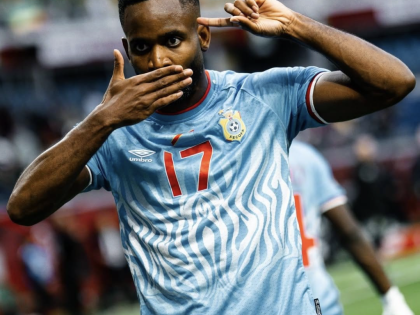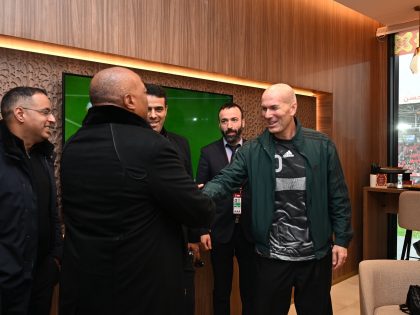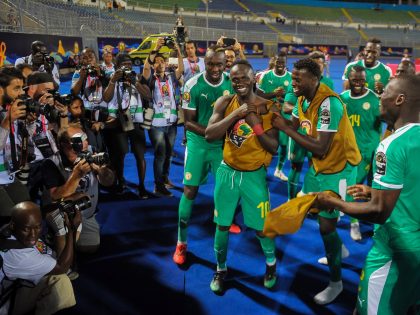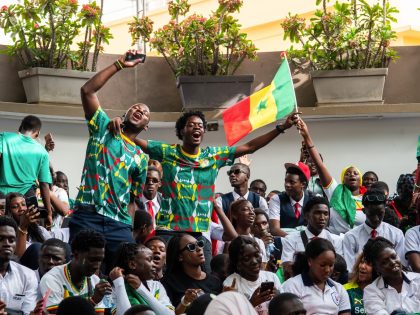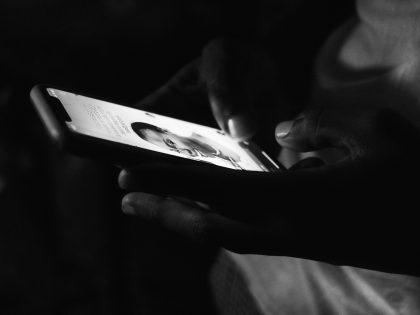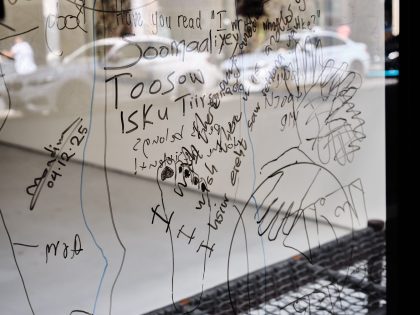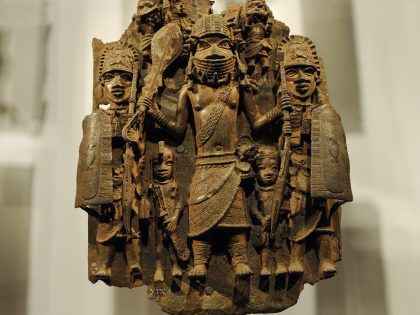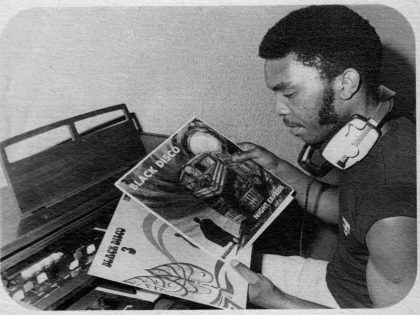Representing Fela
The New York Times' chief theater critic, surprise, misses the point about the musical, "Fela!"

Promo still from "Fela: The Musical."
Last week The New York Times published an odd piece of writing by one its theater “critics”, Charles Isherwood about the Broadway show “Fela!” about the life of the Afrobeat king. Isherwood had a strange collection of problems with the show: He accused the show and its creators of “tilting” towards minstrelsy aimed at white audiences (basically, is Isherwood implying that Bill T Jones promotes blackface?), that the dancers were to sexy (they showed too much flesh and danced to suggestively) and, worse, interacted with the audience. He also had problems with the fact that it was all about Fela all the time and that no one else had a speaking role–except Fela and “an American.”
The charge of minstrelsy is so spurious as to not deserve comment (to lead up to that charge, he quoted David Mamet of all people on the etiquette for white people to talk about race).
The problem with Isherwood’s review was that it is based on little knowledge of Fela or is politics. Does Isherwood know anything about Fela’s personality and his music or politics? Fela Kuti was a genius, but he was definitely a narcissist. It was all about him all the time. It didn’t matter if it was his band members (ask Pax Nicholas who Fela fired from his band after he got more applause from fans; the other band members knew better) or his 29 “wives,” they were all subject to his temper, ego and moods.

In fact, Bill T Jones and his team’s decision to focus on Fela sounds closer to the real Fela than Isherwood’s nonsense.
That said, if Isherwood was serious about criticizing “Fela!” he could have done what more level-headed critics have done and written about things like Fela’s abusive relationship with his wives (see Carlos Moore’s new book) or Fela’s AIDS denialism. Now those are things the play does not want to dwell on.
As the Village Voice’s Rob Harvilla wrote about the show last year:
… Finally, there’s the issue of how to handle Fela himself—the man and the myth. The Queens issue, perhaps wisely, is mostly played for laughs in a goofy mass-wedding-photo scene, though that arrangement had, of course, far more serious and transgressive overtones. Other issues were too thorny to tackle. An onscreen title card notes that Fela died in 1997, but omits the cause: complications caused by AIDS, a disease he denied existed …
